From Sand to Stars: The Amazing Journey of Silicon Chips to Quantum Computing
Imagine if I told you that the most powerful computers in the world are made from the same stuff you find at the beach. You’d probably think I was kidding! But it’s absolutely true. Silicon, the second most common element in Earth’s crust, has been the secret ingredient powering every smartphone, laptop, and gaming console for over 50 years.
But here’s where the story gets really exciting: scientists have discovered that silicon has reached its limits, and they’re now building computers that work like magic tricks – welcome to the world of quantum computing!
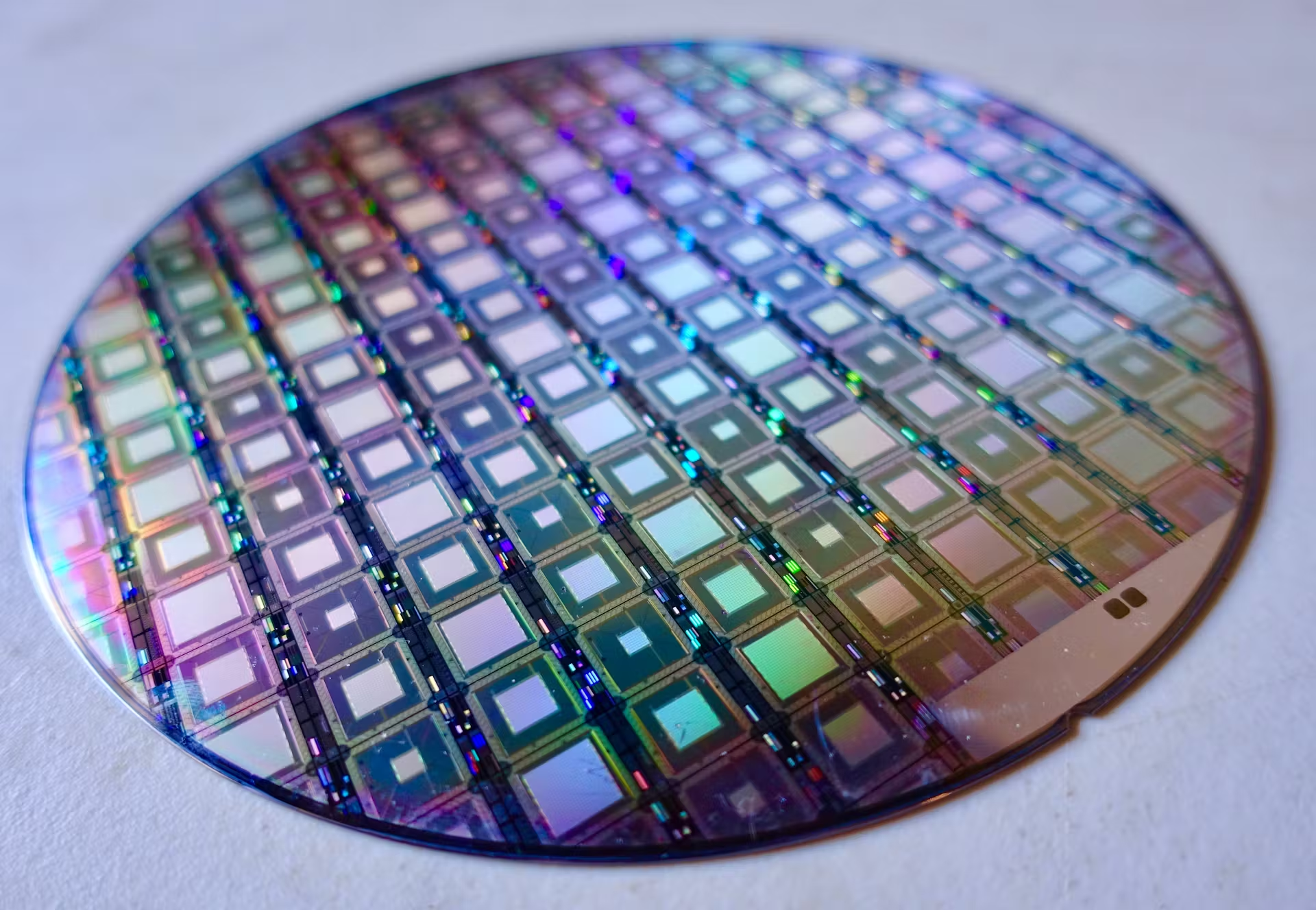 Source: Internet
Source: Internet
Before Silicon: The Stone Age of Computing
The Era of Vacuum Tubes (1940s-1950s)
Before silicon chips existed, computers were massive monsters that filled entire rooms. The first electronic computer, ENIAC, weighed 30 tons and used 17,468 vacuum tubes – think of old-fashioned light bulbs that glowed when electricity passed through them.
Mind-blowing fact: ENIAC consumed 150 kilowatts of power (enough to power 100 modern homes) and could perform 5,000 additions per second. Your smartphone today can perform over 1 billion operations per second while using less power than a single ENIAC vacuum tube!
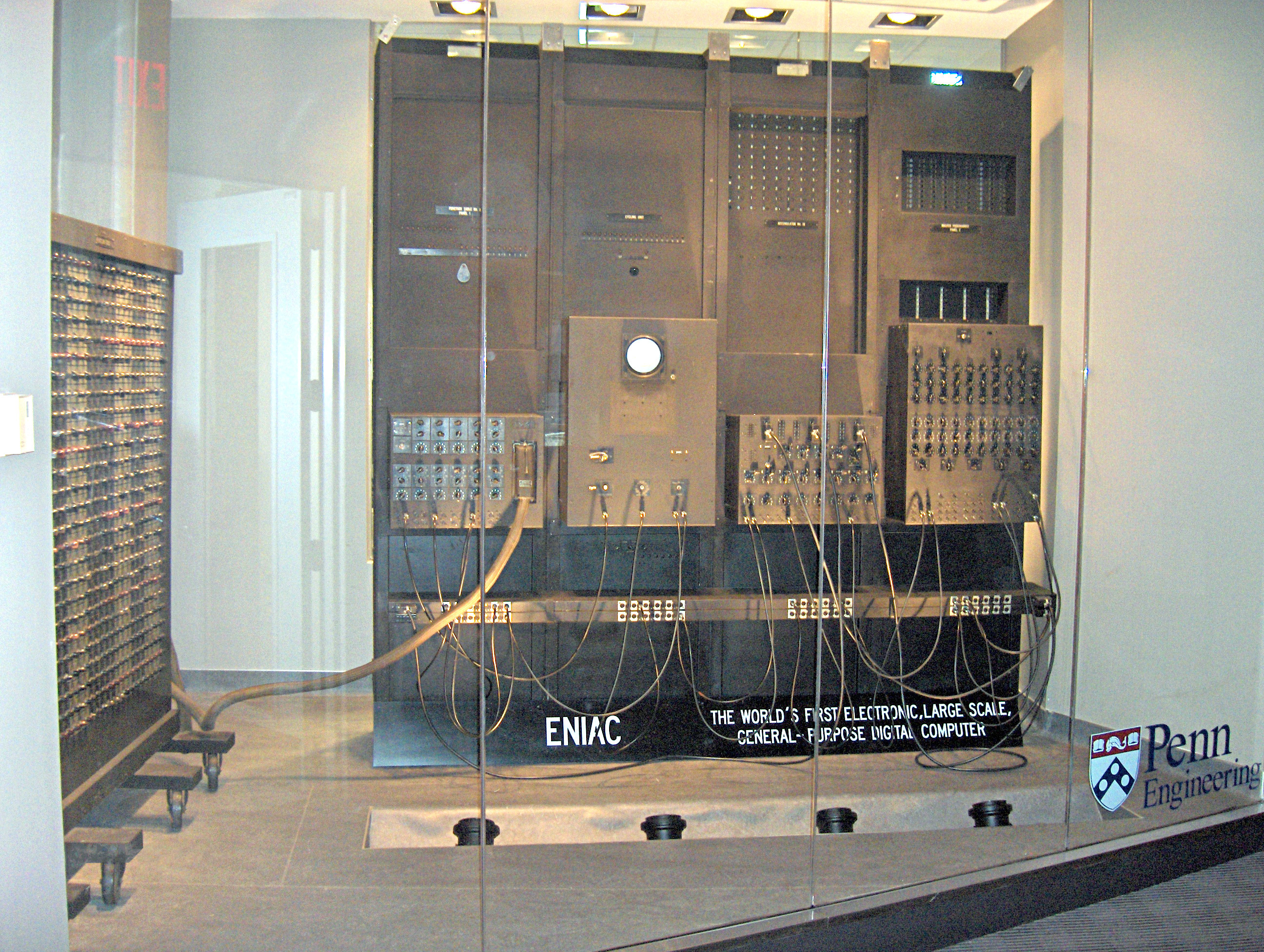 Source: Internet
Source: Internet
These vacuum tubes were like having thousands of tiny light bulbs doing math. They were:
- Huge: Each tube was the size of your thumb
- Hot: They generated so much heat that special cooling systems were needed
- Unreliable: They burned out frequently, like old light bulbs
- Expensive: A single computer cost millions in today’s money
The Great Discovery: Why Silicon Became the Chosen One
The Accidental Hero
Silicon’s journey to computer stardom began in 1947 at Bell Labs, where three scientists – John Bardeen, Walter Brattain, and William Shockley – were trying to create a better telephone amplifier. They accidentally discovered the transistor effect while experimenting with germanium crystals.
![]() Source: Internet
Source: Internet
But here’s the twist: silicon wasn’t their first choice! Germanium was initially preferred because it was easier to work with. However, silicon had three superpowers that made it the ultimate winner:
Silicon’s Three Superpowers
1. The Perfect Insulator Jacket Think of silicon like a superhero who can instantly change costumes. When silicon is pure, it’s like wearing an insulator jacket – electricity can’t flow through it. But when you add tiny amounts of other elements (called “doping”), it’s like giving the superhero a conductor cape – electricity flows perfectly!
2. The Invisible Shield Silicon grows a natural protective layer called silicon dioxide when exposed to air. It’s like having an invisible shield that protects the delicate electronic circuits inside from damage, moisture, and contamination.
3. The Heat Champion While germanium gets lazy and stops working properly when it gets warm (around 75°C), silicon keeps working perfectly until temperatures reach 150°C. This means silicon chips can handle the heat generated by millions of tiny electrical switches working at lightning speed.
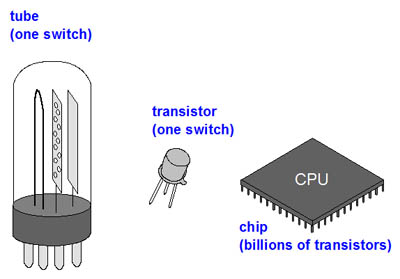
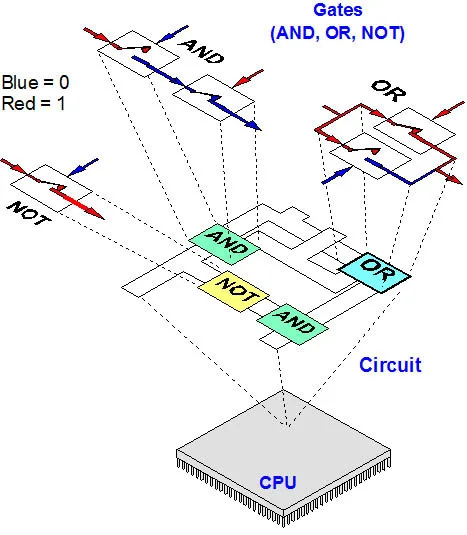
The Numbers That Changed Everything
When the first silicon transistor was created in 1954, here’s what happened:
- Size reduction: 1000x smaller than vacuum tubes
- Power consumption: 100x less power needed
- Reliability: Lasted 100x longer
- Cost: Eventually became 1000x cheaper to manufacture
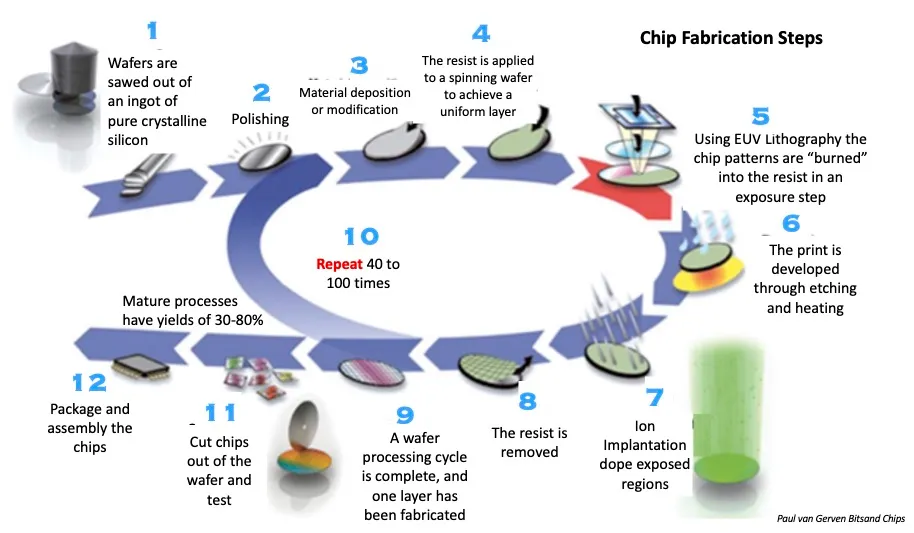 Source: Internet
Source: Internet
How Silicon Chips Actually Work: The Ultimate LEGO Set
The Binary Building Blocks
Imagine you’re building with the world’s tiniest LEGO blocks – so small that you’d need a microscope 1000x more powerful than a regular one just to see them! Silicon chips work by creating billions of these microscopic switches that can only be in two positions: ON (1) or OFF (0).
Here’s the amazing part: every photo you take, every song you listen to, every video you watch is just combinations of these 1s and 0s!
The Shrinking Miracle
Moore’s Law – one of the most important predictions in technology – stated that the number of transistors on a chip would double every two years. Here’s how mind-blowing this progression has been:
- 1971: Intel 4004 processor had 2,300 transistors
- 1989: Intel 486 had 1.2 million transistors
- 2010: Intel Core i7 had 1.17 billion transistors
- 2023: Apple M2 Ultra has 134 billion transistors!
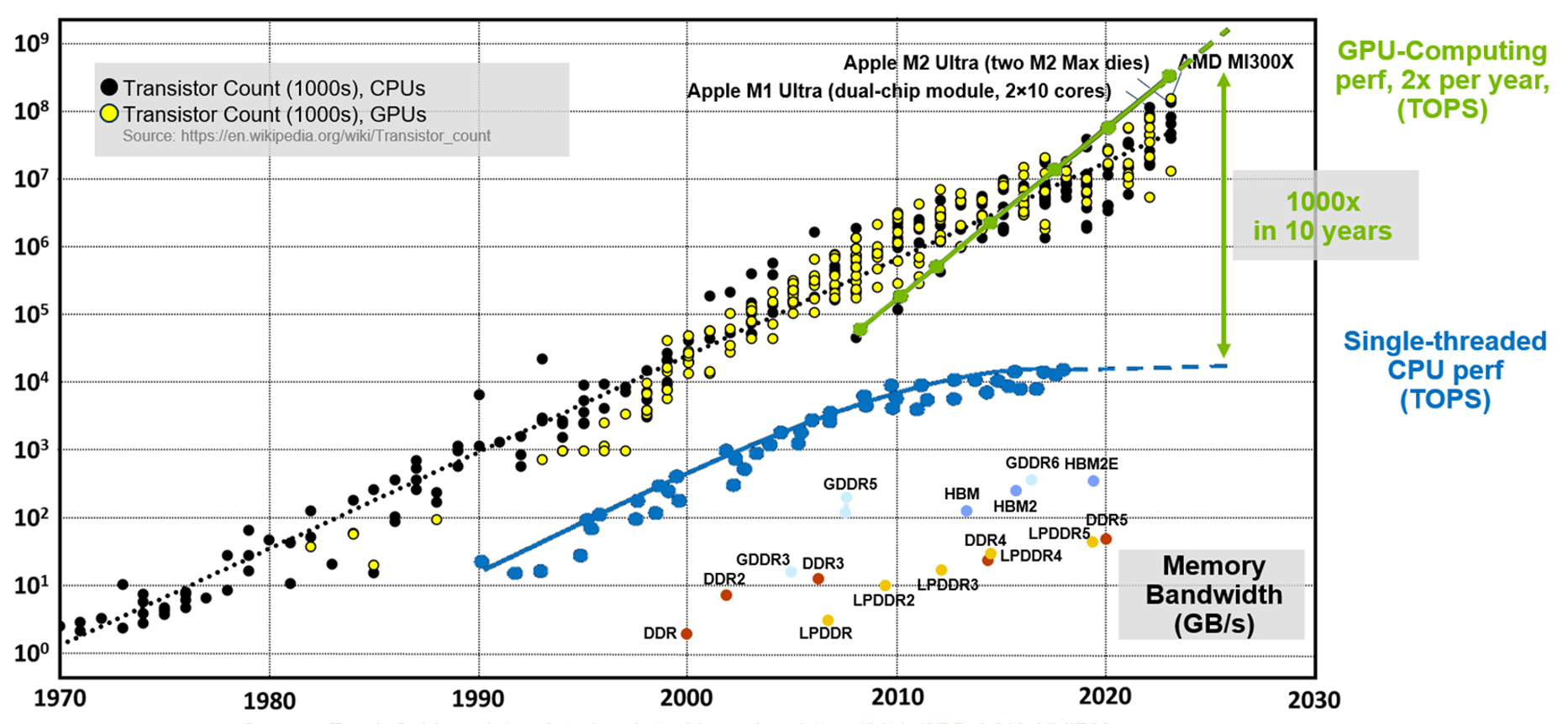 Source: Internet
Source: Internet
Fun analogy - If cars had improved at the same rate as computer chips since 1971, today’s cars would:
- Travel at 300,000 miles per hour
- Get 2 million miles per gallon
- Cost less than $5!
The Manufacturing Marvel
Creating a modern silicon chip is like performing surgery while riding a roller coaster during an earthquake. Here’s why:
Precision Level: Modern chips have features that are only 3 nanometers wide. To put this in perspective:
- A human hair is 80,000 nanometers wide
- A red blood cell is 7,000 nanometers wide
- A DNA strand is 2.5 nanometers wide
Cleanliness Requirements: Chip factories (called “fabs”) are 10,000 times cleaner than a hospital operating room. A single speck of dust would be like dropping a boulder on a highway – it would ruin everything!
The Walls Silicon Can’t Climb: Why We Need Something New
The Quantum Tunneling Problem
Imagine you’re rolling a ball toward a wall. In our normal world, if the ball doesn’t have enough energy, it bounces back. But in the quantum world of tiny particles, something magical happens – the ball can mysteriously appear on the other side of the wall!
This “quantum tunneling” is becoming a huge problem for silicon chips. As transistors get smaller (now approaching the size of individual atoms), electrons start “tunneling” through barriers they shouldn’t be able to cross, causing chips to malfunction.
The Heat Wall
Modern processors generate about 100 watts per square centimeter – that’s hotter than a stovetop burner! We’re reaching the physical limits of how much heat we can remove from these tiny chips.
The Speed Limit
Silicon-based computers are hitting fundamental speed limits. Even at the speed of light, signals can only travel about 30 centimeters in one nanosecond. In modern processors running at 3 GHz, this creates timing problems that are incredibly difficult to solve.
![]() Source: Internet
Source: Internet
Enter the Quantum Revolution: Computing’s Next Magical Chapter
The “Aha!” Moment
The quantum computing revolution began with a simple but mind-bending realization in the 1980s. Physicist Richard Feynman was frustrated trying to simulate quantum systems on classical computers and said: “Nature isn’t classical… and if you want to make a simulation of nature, you’d better make it quantum mechanical.”
This was like saying: “If you want to understand how fish swim, don’t study them from land – jump in the water!”
The Quantum Superpower: Being in Multiple Places at Once
Here’s where quantum computing gets absolutely mind-blowing:
Classical Bits vs Quantum Bits
- A classical bit (like in silicon chips) is like a coin lying on a table – it’s either heads (1) or tails (0)
- A quantum bit (qubit) is like a coin spinning in the air – it’s both heads AND tails at the same time until you catch it!
The Exponential Explosion
- 1 classical bit can store 1 piece of information
- 1 qubit can be in 2 states simultaneously
- 2 qubits can be in 4 states simultaneously
- 10 qubits can be in 1,024 states simultaneously
- 300 qubits can represent more states than there are atoms in the universe!
 Source: Internet
Source: Internet
Real-World Quantum Breakthroughs
Drug Discovery: Quantum computers could simulate molecular interactions perfectly, potentially reducing the time to develop new medicines from 10-15 years to just 2-3 years.
Climate Modeling: Current weather predictions are accurate for about 7 days. Quantum computers could potentially predict weather patterns months in advance by processing vastly more variables simultaneously.
Cryptography: A sufficiently powerful quantum computer could break current internet encryption in minutes – but it could also create unbreakable quantum encryption.
The Current Quantum Landscape
IBM’s Quantum Progress:
- 2016: 5-qubit processor
- 2019: 53-qubit processor
- 2021: 127-qubit processor
- 2023: 1,121-qubit processor (IBM Condor)
Google’s Quantum Supremacy: In 2019, Google’s Sycamore processor performed a specific calculation in 200 seconds that would take the world’s fastest classical supercomputer 10,000 years!
The Challenges Ahead: Why Quantum Computing Isn’t Easy
The Fragility Problem
Quantum states are incredibly delicate – like trying to balance a pencil on its tip during an earthquake. Even the tiniest vibration, temperature change, or electromagnetic field can destroy the quantum magic.
Current Solutions:
- Extreme Cold: Most quantum computers operate at -273°C (colder than outer space)
- Isolation: Quantum computers are housed in specialized chambers that block out virtually all external interference
- Error Correction: Scientists are developing ways to detect and fix quantum errors in real-time
The Scaling Challenge
Building a quantum computer with millions of qubits (needed for most practical applications) is like trying to conduct an orchestra where each musician is blindfolded, wearing noise-canceling headphones, and standing on a tightrope!
The Road Ahead: A Hybrid Future
Why Silicon Isn’t Going Anywhere (Yet)
Think of classical and quantum computers like cars and airplanes:
- Cars (classical computers) are perfect for everyday transportation
- Airplanes (quantum computers) are amazing for specific long-distance journeys
- You wouldn’t use a plane to drive to the grocery store!
Classical silicon computers will continue to handle everyday tasks like:
- Running apps and games
- Processing photos and videos
- Managing databases
- Controlling household devices
Quantum’s Special Missions
Quantum computers will tackle problems that are impossible for classical computers:
- Optimization: Finding the best routes for thousands of delivery trucks
- Machine Learning: Training AI systems that can understand human language perfectly
- Scientific Simulation: Modeling how new materials behave at the atomic level
- Financial Modeling: Analyzing millions of market variables simultaneously
The Timeline: When Will Quantum Take Over?
Next 5 Years (2025-2030): Quantum computers will solve specific scientific and business problems but won’t replace your laptop.
Next 10 Years (2030-2035): Hybrid quantum-classical systems will become common in research institutions and large corporations.
Next 20 Years (2035-2045): Quantum computing might become as transformative as the internet was in the 1990s, creating entirely new industries and possibilities we can’t even imagine today.
Conclusion: From Beach Sand to Infinite Possibilities
The journey from silicon to quantum represents one of humanity’s greatest intellectual adventures. We took ordinary beach sand, unlocked its electronic secrets, and used it to build the modern world. Now, we’re taking the even more mysterious principles of quantum mechanics and building computers that can think in ways that seem impossible.
The Final Amazing Fact: Every silicon chip in your devices contains transistors so small that they’re approaching the realm where quantum effects naturally occur. In a way, we’ve miniaturized silicon so successfully that we’ve accidentally arrived at the quantum frontier!
As we stand at this incredible crossroads between classical and quantum computing, one thing is certain: the next chapter in computing will be even more amazing than the last. We’re not just building faster computers – we’re building computers that will help us understand the fundamental nature of reality itself.
Who knows? Maybe in 20 years, children will learn about our current smartphones the way we learn about those room-sized computers from the 1940s – as fascinating relics from the early days of the quantum age!
The future isn’t just smaller and faster – it’s quantum, and it’s going to be absolutely incredible.